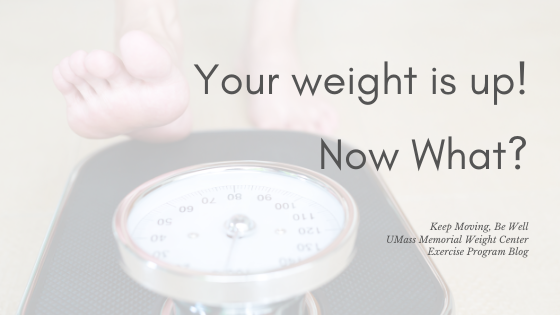We want to be sure we are getting the most from out time investment in exercise, so of course we want to time it for maximum benefits. There are a few questions we need to ask in order to answer this question though.
Best time for what exercise result?
If it is health and weight loss, consistency is the most important factor so the time you can fit it in with the greatest regularity is the best time.
Keep in mind though, that does not need to be in one time of your day. It may work better for you to split it up and do exercise in small bouts throughout your day. This approach works well if you are short on time, energy, attention span, or if you have pain limitations.
for example, you could do three sets of strength training throughout your day, one in the morning, one in the afternoon and one in the evening. It would take you 5-10 minutes to do each set and would serve as a movement break from sitting.
If you are going to take this approach, I recommend warming up and cooling down before and after each bout. That does not have to be a long time, just light movements before and after doing anything more challenging.
What do you mean by exercise?
There are three main types of exercise; cardiovascular/ aerobic, strength and mobility (stretching, balance, etc). Each one has different immediate benefits, especially for your brain.
Cardiovascular can be a great start to your day, giving your brain focus and memory chemicals to help keep you working well.
Strength training can release tension held in muscles, so could be a great mid day or end of day type of exercise.
Stretching also releases tension in muscles so it is a wonderful way to end your day and support sleep.
So the beset time of day for exercise depends on what you want from it at different times of day. Its very flexible when you are using exercise to be healthy and well. Don’t worry about timing exercise so you burn a few more calories. That is just an estimate and not reliable enough to factor in to when is the best time of day to exercise.
Plus, the whole point of losing weight is to feel and function better right!? When you use exercise to feel and function better now you are getting what you want each step of the way.
Keep Moving, Be Well
Janet











